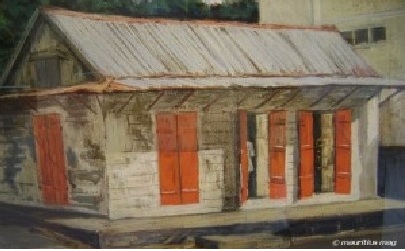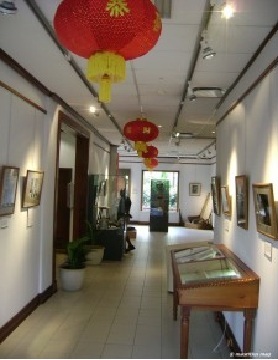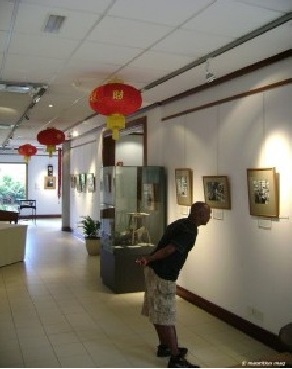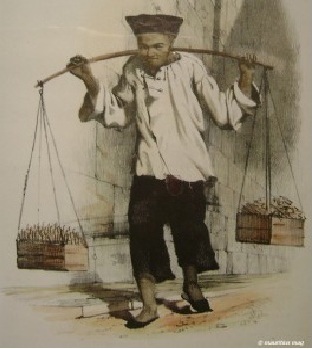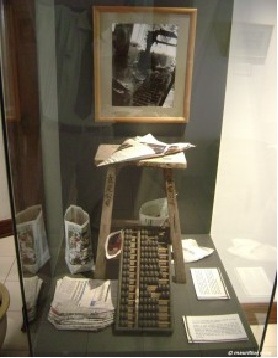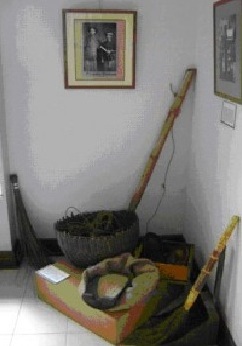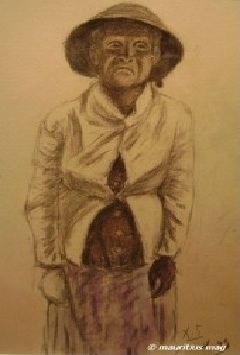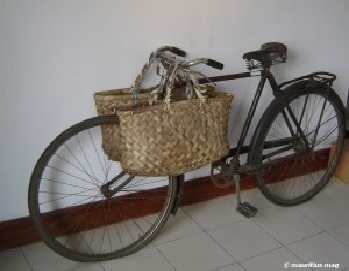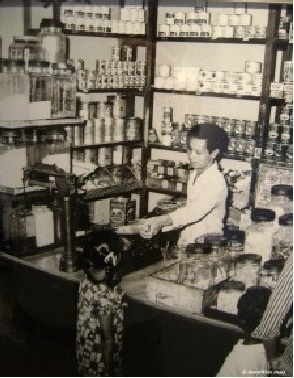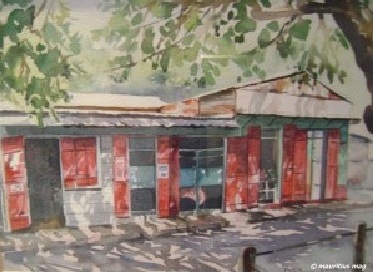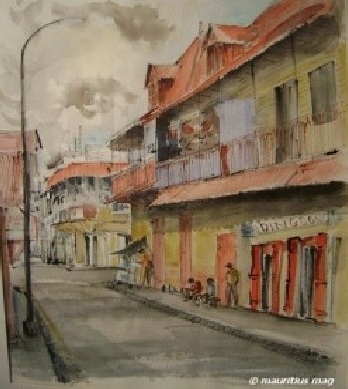Boutik Sinoi Exhibition
The Boutik Sinoi or Chinese village shop is an iconic part of the Mauritian landscape and one that is fast disappearing.
Fortunately the Director of the Blue Penny Museum has assembled a fantastic collection ofphotographs, sketches and exhibits to recapture the lost world of the village shopkeeper. Anyone who grew up in or visited Mauritius recently is familiar with the almost comical-looking roadside structures with corrugated iron roofs, and ramshackle doors and shutters. The small, gloomy interior in which an unbelievable number of items was always available for sale has been captured for posterity in literature by Marie Therese Humbert among others. However, for a visual understanding of the genius of the Chinese shopkeeper this exhibition is a must-see.
And for those of you living outside Mauritius the following pictures offer a glimpse into the treasures of the Blue Penny, and possibly also a flashback to your own childhood.
In the 19th century many Chinese immigrants made a living as hawkers or ‘colporteurs’ hawking goods as they traversed the island on foot:
In the old days, calculations were made with the aid of an abacus, and sales of items in small quantites were handed over in a ‘cornet’ of newspaper.
A great deal of hard work went into making the transition from hawker to shopkeeper and in the rural areas life was hard both for the buyer and the seller. It is particularly poignant to see some samples of the shopkeeper’s ‘carnet credit’ the credit book established for his customers who were generally only able to settle up when their wages were paid.
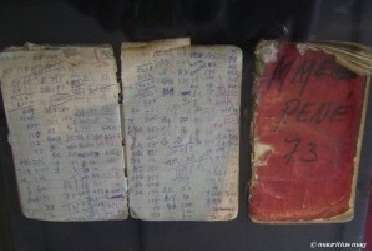
The exhibition spaces recreate many aspects of the world of the Chinese shopkeeper.
The brooms and sacks recall a vanished era when the shopkeeper lived on the premises amidst his goods and made his deliveries by bicycle. He knew everyone in the village, and had a notebook for all. In some areas, the Chinese shopkeeper even acquired the rudiments of bhojpuri so that he could communicate with his customers in their own tongue.
He would make occasional overnight stays in Port Louis to buy his goods from the wholesalers in Chinatown:
Once again we are indebted to the Blue Penny museum staff and associates for gathering together such a rich collection of artefacts and mementos.
The exhibition ends in March 2011. The summary in French of its objectives is given below:
L’objet de cette exposition est de montrer l’importance des boutiques chinoises dans notre patrimoine culturel commun. Partout présentes et disséminées sur l’ensemble du territoire mauricien jusque dans les endroits les plus reculés, les boutiques chinoises ont permis le développement économique de l’île, offrant des services multiples aux habitants et servant de point de rencontre et d’échanges à tous les Mauriciens.
L’univers culturel des boutiques chinoises est un des aspects fondamentaux du socle patrimonial commun à tous les habitants, indépendamment de toute appartenance communautaire. Le Musée se voudra d’honorer et célébrer cette mémoire collective dont nous nous voulons tous fiers aujourd’hui. Il apparaît évident que le patrimoine bâti traditionnel est grandement menacé, mais les boutiques chinoises, peu mises en avant dans le combat pour la préservation et la sauvegarde culturelles, s’avèrent particulièrement vulnérables. Beaucoup plus qu’un simple bâtiment à usage commercial, il convenait de s’attacher à ce lieu convivial et essentiel de notre inconscient collectif.
© mauritius mag
